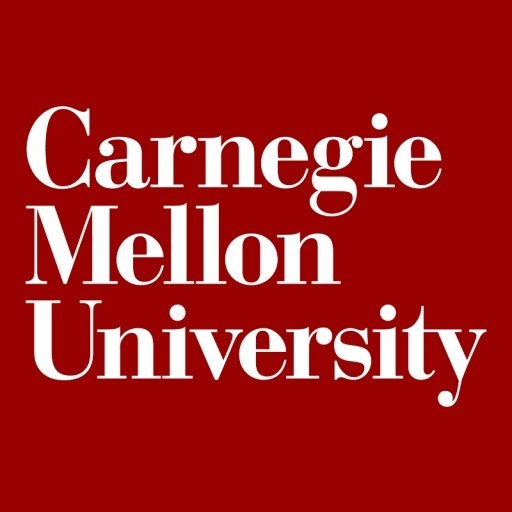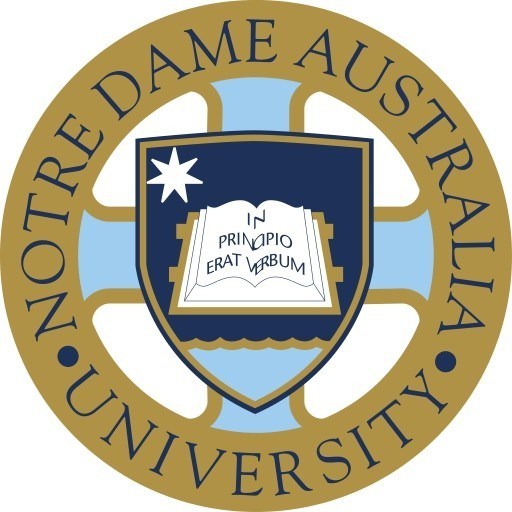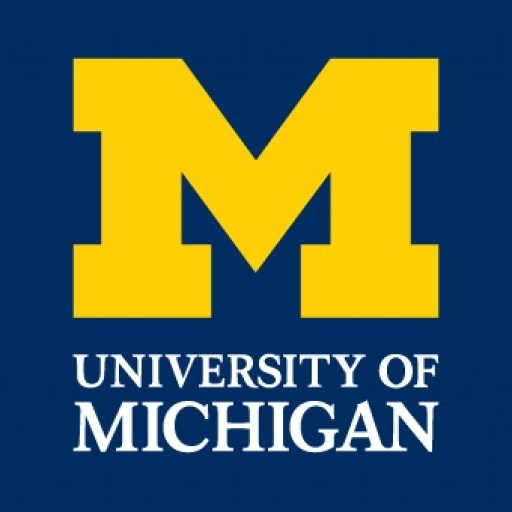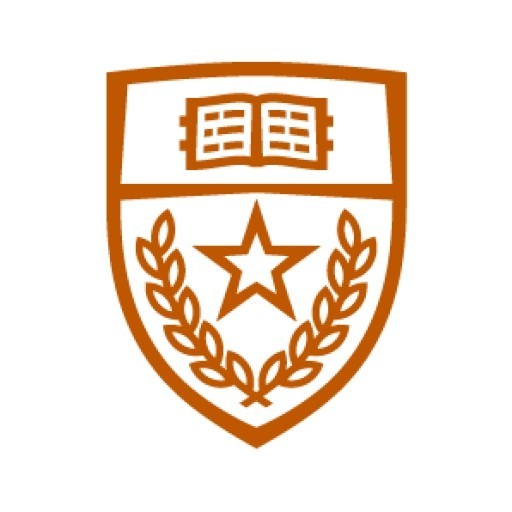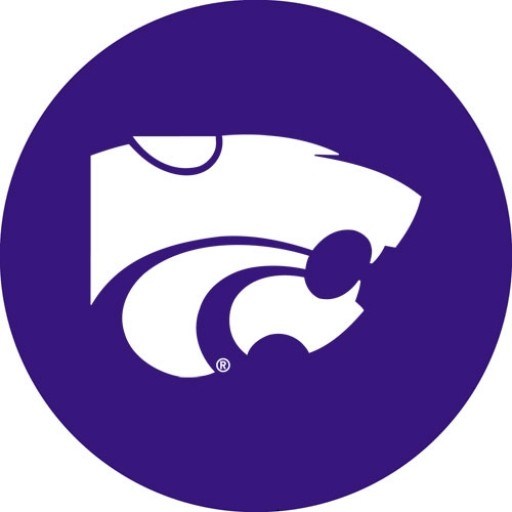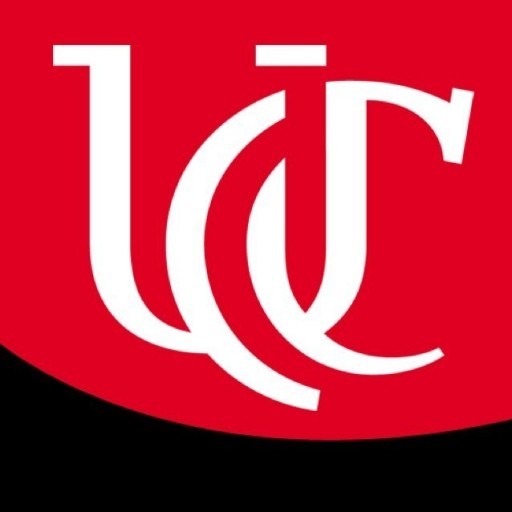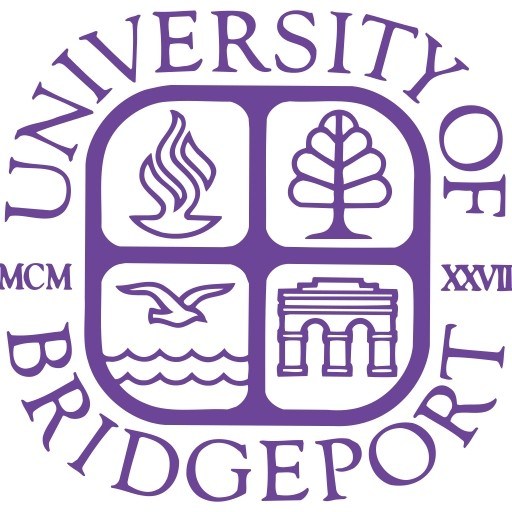Photos of university / #carnegiemellon
The Master of Urban Design (MUD) program is distinguished by its emphasis on integrating socially engaged practice with new tools and techniques for representing, understanding, and designing cities; by the opportunity to work in trans-disciplinary teams at the intersection of the arts, humanities and technology across Carnegie Mellon's departments and colleges; and by its location in Pittsburgh—a thriving post-industrial laboratory.
Program Overview & Distinctive Characteristics
The Master of Urban Design (MUD) degree is a post-professional, two-year program that prepares graduates for careers using urban design to critically address environmental, economic, social, political, and cultural issues affecting contemporary urbanization. The studio-based curriculum allows students to explore design strategies in a variety of scales and settings, from the post-industrial city to the suburban periphery to the dense global metropolis.
The studio sequence is supported by small-group seminars and workshops to develop the skill sets necessary for an urban designer in the twenty-first century. Students graduate with a firm grasp of the history, theory and practice that has established urban design as a discipline, as well as skills in cutting-edge media and design methods.
Students take required and elective courses in the School of Architecture and elective courses in other graduate programs at the six other colleges within the university.
CMU's MUD program is both venerable and innovative, shaped by these and other distinctive conditions:
- A strong legacy of participatory urban design. Beginning in 1964, the School of Architecture pioneered the Urban Laboratory concept, wherein students and faculty work in the field and engage with citizens on neighborhood revitalization projects.
- Location in a transformed post-industrial city. Pittsburgh, perhaps the quintessential post-industrial city, has transformed itself since 1985 from a declining economy based on heavy industry to a robust and diverse economy based on technology.
- Active participation in the technological ethos of Carnegie Mellon. Benefitting from Carnegie Mellon’s unique research culture in emerging media and advanced technologies, the Master of Urban Design program redefines socially engaged practice in the 21st century.
In the first year, the MUD studios provide a foundation in place making and integrated urban systems design, using Pittsburgh as an urban laboratory and collaborating with local communities. In the second year, the fall and spring studios engage in a research-based design project exploring the negotiation of top-down design and bottom-up transformations in an international setting. Recent international studios have worked in Doha, Kigali, Barcelona, London, Toronto and New York City. A field trip to an international city is included in the program.
In the summer between Year One and Year Two, students are encouraged to secure an internship at an architecture, urban design, or planning firm, or at a public agency or non-profit development organization. Summer internships are valuable in utilizing newly acquired skills and knowledge in a professional setting. However, the internship is not required and is not credit-bearing.
In addition to the standard requirements for all graduate students in the School of Architecture, students in the MUD program must satisfy the following:
- Students must complete a minimum of 180 units of coursework for graduation.
- Each semester requires a minimum of 36 units to achieve Full Time Status; however, the typical semester course load is 45 units.
- Core course substitutions are allowed only with the consent of the Track Chairs.
BEFORE OUR ONLINE APPLICATION OPENS IN OCTOBER:
- Review the MUD program information;
- Take the GRE exam as early as possible (and the TOEFL exam if you are a non-native English speaker);
- Complete a portfolio as early as possible (must be under 20 MB, no exceptions); and
- Ask three professors or employers permission to assign them as references.
ON OR AROUND OCTOBER 15:
Begin your online application. You do not have to complete all sections of the online application at once. You can revisit the online application by clicking on the link emailed to you by our online system.
BEFORE OUR APPLICATION DEADLINE OF FEBRUARY 1:
- Contact Education Testing Services to send your GRE scores (and TOEFL scores) directly to our department, using the institution code 2074, GRE department code 4401, and TOEFL department code 12.
- Mail all official transcripts to our mailing address:
Attn: Alexis McCune Secosky
Graduate Programs
School of Architecture
Carnegie Mellon University
College of Fine Arts
Room 201A
Pittsburgh, PA 15213 USA
- Assign three references to your application. They will submit their evaluations by a separate process.
- Upload the following according to the instructions on the online form:
- Statement of Purpose
- Unofficial copy of transcript(s)
- Unofficial copy of GRE (and TOEFL) scores
- Portfolio
- Resume/CV
- Pay the $75 application fee (online)
- Verify that you have completed all of the above. Our graduate committee will only review your application once we have received all required documents.
The financing of the Urban Design program at Carnegie Mellon University is primarily supported through a combination of institutional funding, scholarships, assistantships, and external sponsorships. As a specialized graduate program within the College of Fine Arts and the School of Architecture, it benefits from the university’s overall commitment to providing accessible education opportunities to talented students. Prospective students are encouraged to explore various financial aid options, including merit-based scholarships that recognize academic excellence, creative achievement, and potential contributions to the field of urban design.
Graduate Teaching Assistantships (TAs) and Research Assistantships (RAs) are available to qualified students, offering stipends along with tuition remission in exchange for assisting faculty with coursework, research projects, or administrative duties. These assistantships not only ease the financial burden but also provide valuable teaching and research experience that enhances professional development. There are also fellowships awarded through university-wide programs and external organizations, which some students may qualify for based on their background, research interests, or demographic factors.
Additionally, the university promotes external funding opportunities such as government grants, industry sponsorships, and private foundation support that can be leveraged to finance the program. Students are advised to explore external scholarship options early in their application process to identify potential sources of funding that suit their circumstances. The university’s financial aid office provides comprehensive guidance and resources to help students navigate the complex landscape of academic financing, including application procedures and eligibility criteria.
The cost of attendance, including tuition, fees, and living expenses, is published annually and varies depending on residence status, program duration, and other factors. Carnegie Mellon University also offers flexible payment plans that assist students in managing their financial commitments over the course of their studies. International students, in particular, are encouraged to seek specialized support and scholarships targeted at global applicants to ensure they can finance their education effectively.
In summary, the Urban Design program’s financing options at Carnegie Mellon University are diverse, aiming to support a wide range of students by providing financial aid, scholarships, and employment opportunities. Prospective students should consult the university’s official financial aid website and contact relevant offices to obtain detailed, up-to-date information on available funding sources and application procedures.
The Master of Urban Design program at Carnegie Mellon University is an interdisciplinary graduate program that prepares students to address the complex challenges of urban environments. The curriculum combines principles of architecture, engineering, planning, and social sciences to equip graduates with a comprehensive understanding of urban form, infrastructure, sustainability, and community engagement. The program emphasizes innovative design solutions, technological integration, and strategic planning to create livable, sustainable, and equitable urban spaces. Students have access to state-of-the-art facilities and collaborate with faculty who are experts in urban design, landscape architecture, and city planning. The program nurtures critical thinking, creative problem-solving, and leadership skills essential for shaping future cities. It encourages a hands-on approach through studio work, urban research projects, and real-world consulting scenarios. Graduates of the program are well-prepared for careers in urban design firms, planning agencies, government institutions, and non-profit organizations, contributing to urban renewal, transportation infrastructure, environmental resilience, and community development initiatives. The university also offers opportunities for interdisciplinary collaboration with programs in architecture, civil engineering, public policy, and computer science, fostering a holistic approach to urban challenges. The program typically requires two years of full-time study, with an optional thesis or project component that emphasizes research, innovative design, and practical solutions. Overall, Carnegie Mellon University’s Urban Design program aims to develop visionary professionals capable of transforming urban spaces into more functional, sustainable, and vibrant environments for future generations.
